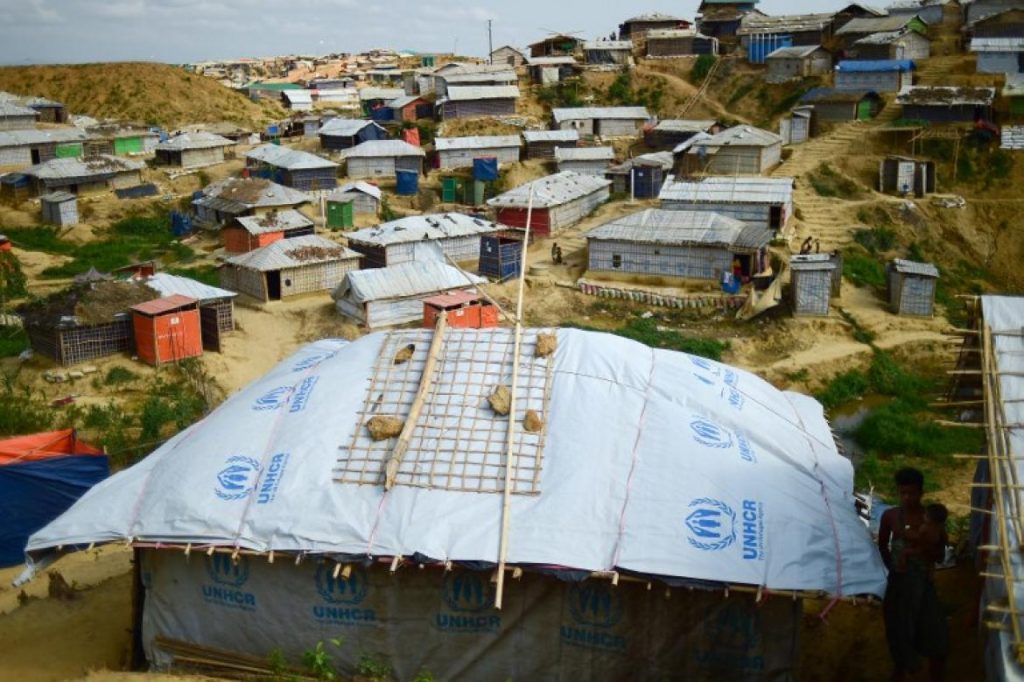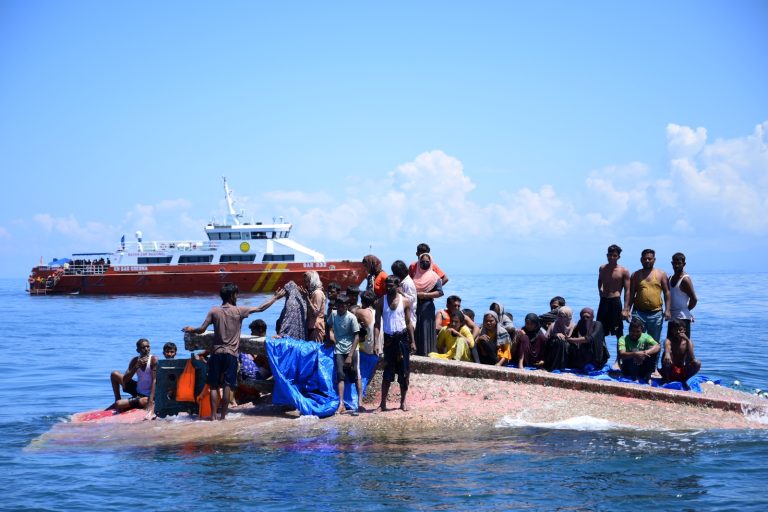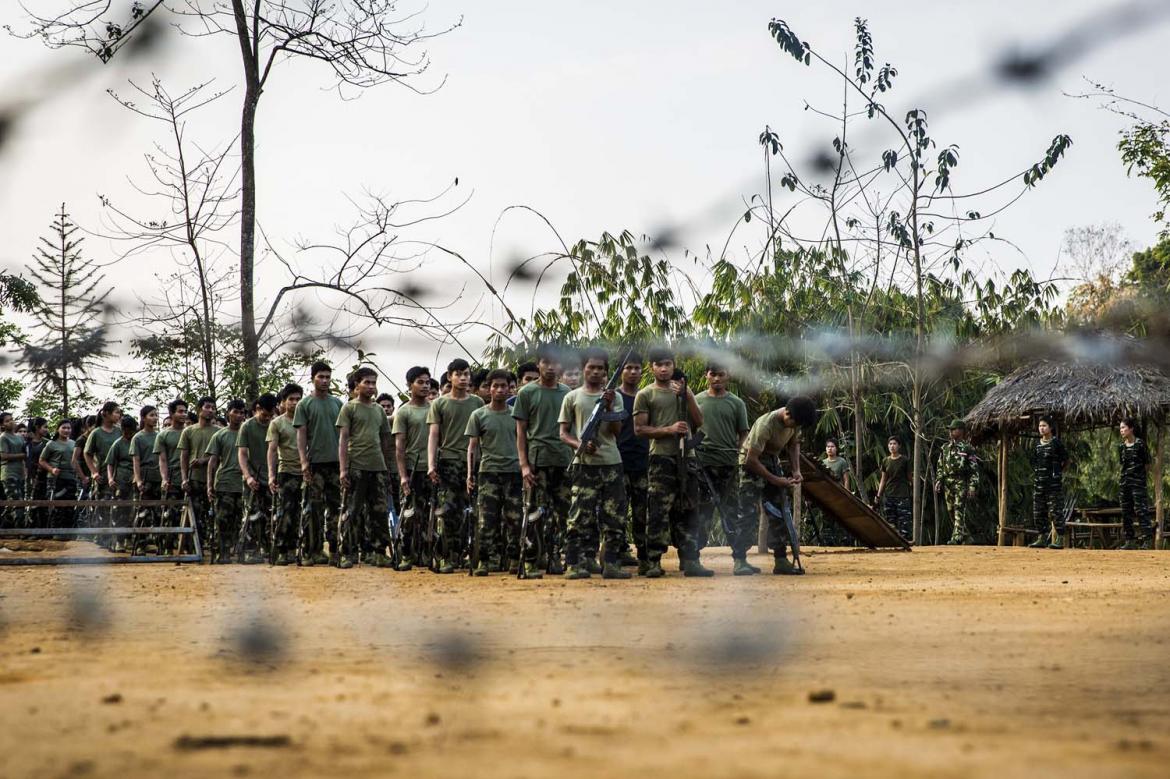By CLARE HAMMOND | FRONTIER
YANGON — More than two-thirds of all refugees worldwide in 2017 were from just five countries: Syria, Afghanistan, South Sudan, Myanmar and Somalia, according to a report by the United Nations refugee agency.
Refugees originating from Myanmar represented the fourth-largest group by country of origin, and the number more than doubled last year, from less than half a million to 1.2 million, the UN High Commissioner for Refugees said.
By the end of 2017, Bangladesh was hosting the majority of refugees from Myanmar, around 932,000 people. An estimated 100,000 were in Thailand, 98,000 in Malaysia and 18,100 in India.
UN High Commissioner for Refugees Mr Filippo Grandi said today in a statement, to mark World Refugee Day, that globally the forcibly displaced population had risen to 68.5 million people — a record high. Nine out of ten are in their own or neighbouring countries and the “impact is massive” he said.
Support more independent journalism like this. Sign up to be a Frontier member.
He championed the “everyday heroes” helping displaced individuals. “Through their generosity, they shine a light on the potential of refugees and the endless opportunities to help them,” he said. “It’s time to recognise their humanity in action and challenge ourselves, and others, to join them.”
In Myanmar, UNHCR marked World Refugee Day with events in Kayin State and Tanintharyi Region, involving government officials, representatives of the Karen National Union, and internally displaced and refugee returnee communities.
Half a million stateless in Myanmar
The UN estimated at the start of last year that around one million stateless people lived in Rakhine State, almost all of whom were Rohingya Muslims.
In late August, military clearance operations in response to attacks on police posts caused some 655,500 people to escape to Bangladesh, increasing the estimated number of stateless Rohingya refugees in the neighbouring country to over 930,000.
However, in light of the 655,500 arrivals from Myanmar reported in Bangladesh in 2017, and an estimated 470,000 non-displaced stateless persons remaining in Rakhine State at the end of the year, “it is now clear the baseline estimate was too low”, the UN refugee agency said yesterday.
In addition, more than 125,000 internally displaced Muslims, mostly Rohingya, live in internally displaced camps in Rakhine State.
Although the pace of the influx has slowed, stateless Rohingya refugees continue to flee Myanmar to seek protection in Bangladesh.
“As a direct result of their statelessness, the Rohingya in Myanmar suffer entrenched discrimination, marginalization, and denial of a wide range of basic human rights,” the report said. Most Rohingya in Myanmar are stateless due to the restrictive provisions and application of the 1982 Myanmar Citizenship Law.
In its final report to the government, submitted in August, the Advisory Commission on Rakhine State, headed by former UN Secretary-General Kofi Annan, said that the law “falls of international standards, including those which Myanmar has approved”.
In its recommendations, the commission urged the government to review the law, to ensure “equitable treatment of all citizens”.
The UNHCR signed an MoU with the UN Development Programme and the Myanmar government earlier this month to create conditions for the “safe, voluntary and sustainable return of refugees” to Rakhine State.
Rohingya groups have raised three concerns about the agreement: that it did not address the “root causes” of the crisis, particularly the lack of citizenship for most Rohingya in Myanmar; that Rohingya representatives were not consulted in the process; and that the text has not been made public.







